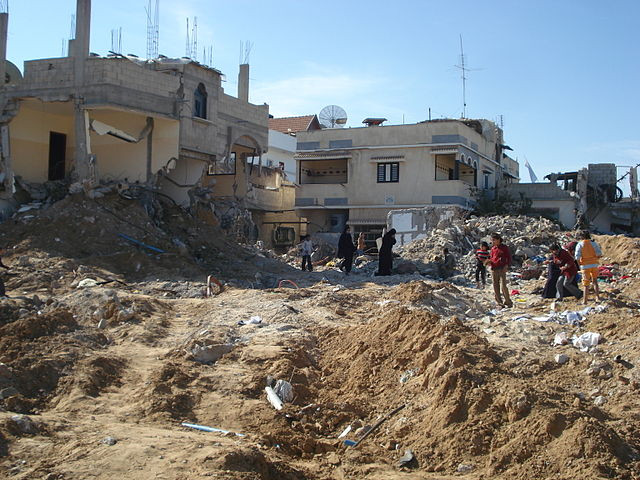The ongoing conflict in the Middle East, particularly between Israel and Hamas in the Gaza Strip, has intensified, causing significant destruction and loss of life. The Israeli military's aggressive campaign to dismantle Hamas, following an attack on October 7, has led to widespread devastation in Gaza, affecting nearly 20,000 Gazans, as reported by the Palestinian enclave's health ministry.
Prime Minister Benjamin Netanyahu has stated the operation will continue until Hamas is completely neutralized and all remaining hostages are freed. This military action follows the slaying of 1,200 Israelis by Hamas fighters. The situation has also escalated in the Red Sea, with Iran-aligned Houthi rebels targeting commercial vessels with missiles and drones in support of Hamas. This development has prompted the formation of a U.S.-led multinational naval operation to ensure the safety of maritime commerce in the region. However, the Houthis have vowed to persist in their attacks.
The Israeli airstrikes in Gaza have been particularly devastating in densely populated areas like the southern Rafah area and the northern Jabalia refugee camp, leading to significant civilian casualties. Despite warnings issued by Israel for civilians to evacuate target areas, the impact on the civilian population has been catastrophic. The intense bombardment strategy, aimed at disrupting Hamas' underground tunnel network, has been a subject of global concern due to the high number of civilian deaths.
The United Nations has reported that over 60% of Gaza's infrastructure has been damaged or destroyed, rendering more than 90% of its population homeless. In the midst of this, Israeli ground forces have encountered fierce resistance from Hamas fighters entrenched in tunnels.
Efforts for a humanitarian ceasefire have been sporadic and short-lived. A truce mediated by Qatari and U.S. diplomats in late November collapsed within a week. Any further negotiations for a ceasefire or hostage exchange have been stalled amid the ongoing conflict.
The humanitarian crisis in Gaza has reached a critical point, with hospitals struggling to cope with the influx of casualties and the lack of essential supplies. The situation has been worsened by the shelling of medical facilities, including Nasser Hospital, the largest operational hospital in the enclave. The deaths of vulnerable patients, including children recovering from amputations, have been particularly distressing.
This situation in the Middle East, with its escalating violence and humanitarian crisis, poses a significant challenge for the international community in seeking a resolution and providing relief to the affected populations.






